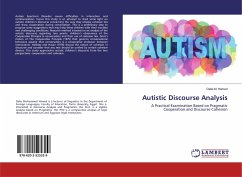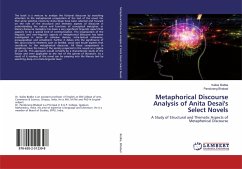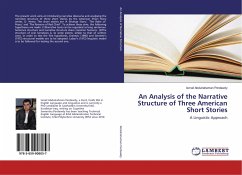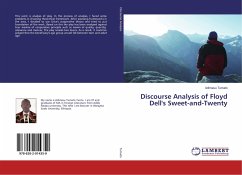Autism Spectrum Disorder causes difficulties in interaction and communication, hence this study is an attempt to shed some light on autistic children's discourse concerning the way they employ cohesive ties and show cooperation during conversation. This is a preliminary step to propose some suggestions that may help these children with their troubles and challenging conditions. Research method is based on an analysis of the autistic discourse regarding two points: children's observance of the Cooperative Principle in conversation and their use of cohesive ties. Grice's notion of The Cooperative Principle (1975) that governs conversational behaviors assume that conversation is a cooperative endeavor between interactants. Halliday and Hasan (1976) discuss the notion of cohesion in discourse and consider that any text should be unified by certain cohesive devices. This study approaches autistic children's discourse from the two perspectives: cooperation and cohesion.
Bitte wählen Sie Ihr Anliegen aus.
Rechnungen
Retourenschein anfordern
Bestellstatus
Storno








